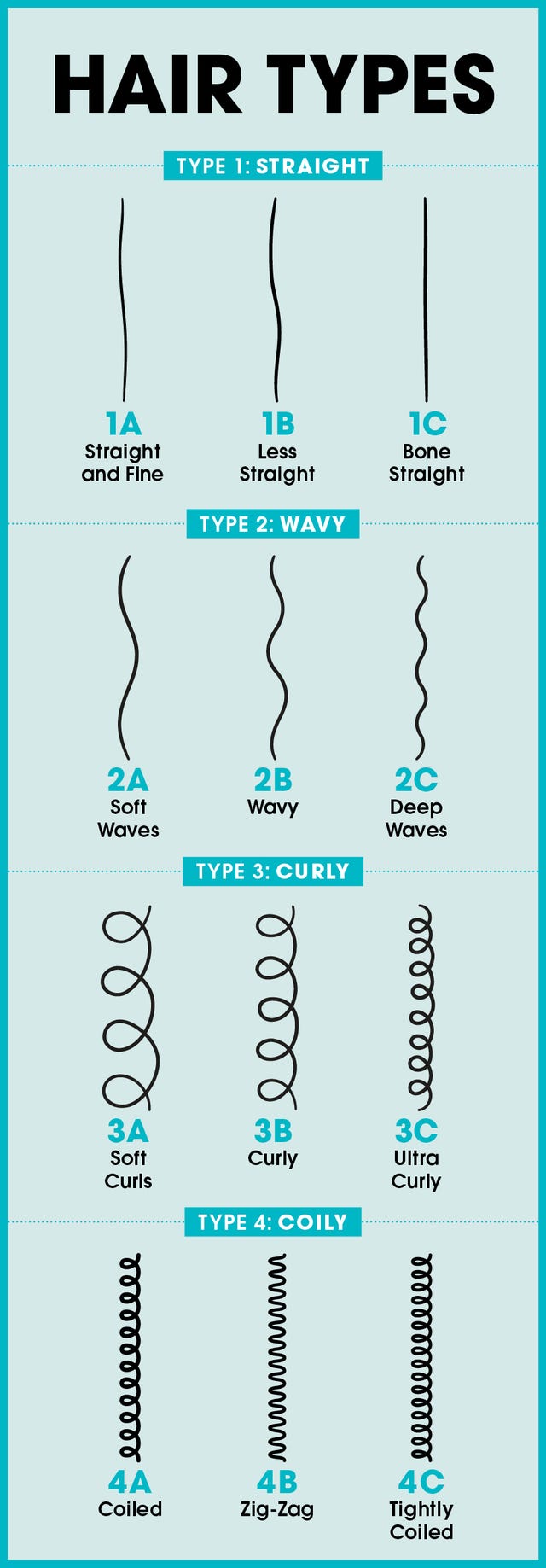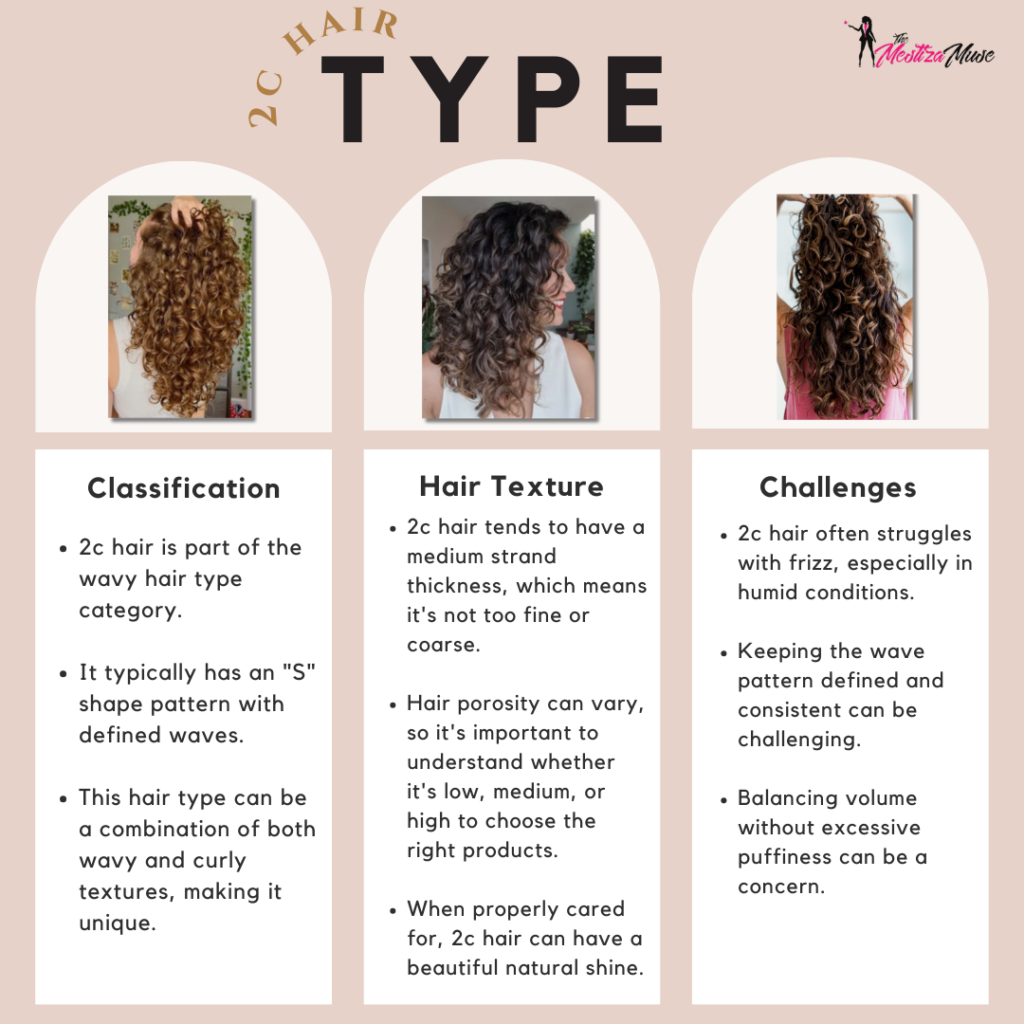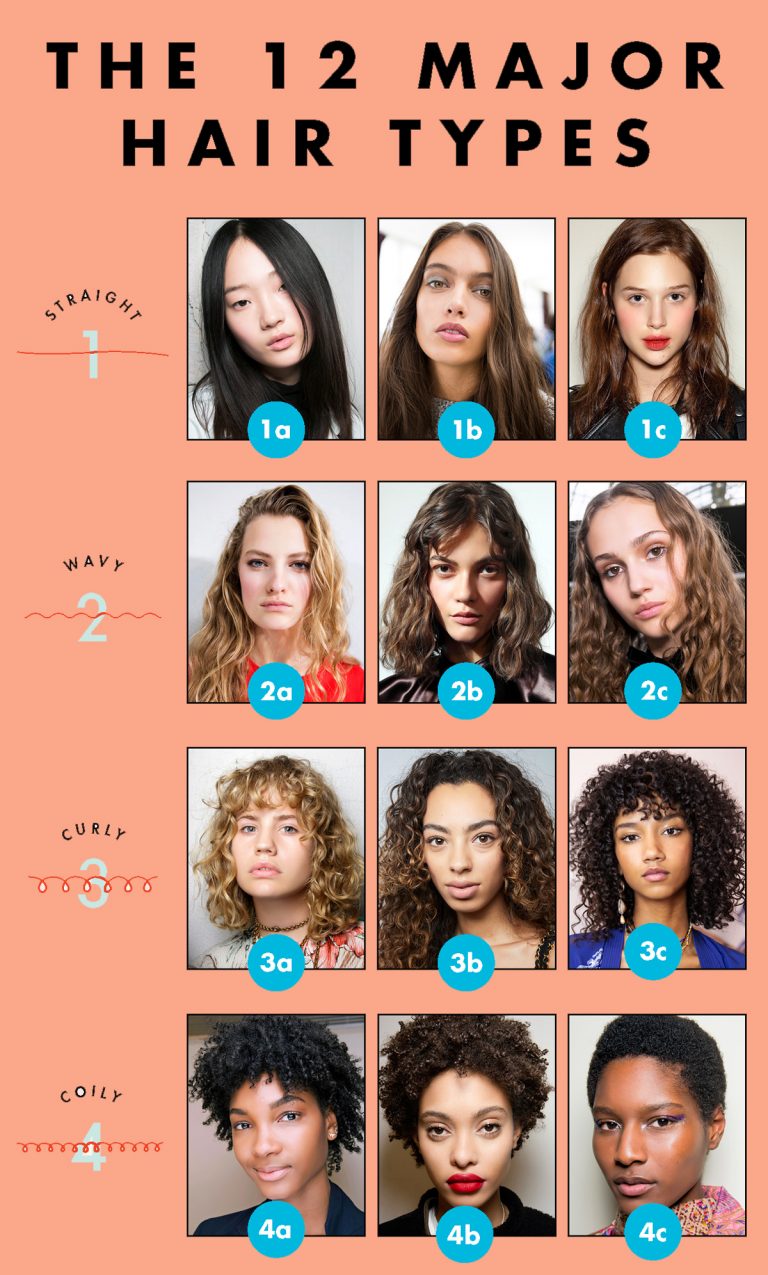What is Type C Hair?

The intricate world of hair textures is a vast and fascinating domain, often categorized to better understand its unique needs and characteristics. Among the various classifications, a particular hair type stands out for its distinct structure and often misunderstood requirements: Type C hair. This specific texture, part of the broader Type 4 category in the Andre Walker Hair Typing System, is characterized by an exceptionally tight, dense coil pattern that presents both unique challenges and remarkable beauty. Understanding the nuances of this hair type is paramount for effective care, styling, and overall hair health.
The Andre Walker Hair Typing System, widely recognized in the hair care industry, categorizes hair into four main types: Type 1 (straight), Type 2 (wavy), Type 3 (curly), and Type 4 (coily/kinky). Each of these primary types is further divided into subcategories (A, B, C) to denote increasing tightness of the curl or coil pattern. Type C hair resides at the furthest end of this spectrum, representing the tightest and densest coil pattern within the Type 4 classification. Its identification is crucial for anyone seeking to optimize its health and appearance, as its inherent structure dictates a specialized approach to maintenance.
Characteristics of Type C Hair
The defining features of this particular hair type are primarily its incredibly tight and compact coil pattern. Unlike the looser curls of Type 3 hair or even the more open coils of Type 4A or 4B, the coils of Type C hair are densely packed, often forming a Z-pattern or an extremely tight, almost indistinguishable S-pattern from root to tip. These coils are typically very small, resembling the size of a pencil lead or even smaller. This density contributes significantly to the hair’s overall appearance and feel.
A prominent characteristic of these tight coils is extreme shrinkage. When wet, the hair can appear significantly longer than its dry state, often shrinking by 75% or even more. This dramatic reduction in length is a natural consequence of the hair’s coiled structure, as the strands retract upon drying. While a natural phenomenon, it can often lead to misjudgments of actual hair length and requires specific styling techniques to showcase its true length if desired.
Despite its often voluminous appearance when dry, individual strands of this hair type can be surprisingly fine and delicate. The numerous bends and twists in each strand create potential points of weakness, making it highly susceptible to breakage if not handled with extreme care. This fragility is compounded by the fact that the cuticle layers, which protect the hair shaft, are often naturally lifted in tightly coiled hair. This lifted cuticle structure contributes to the hair’s porosity, meaning it can absorb moisture quickly but also lose it just as rapidly. Consequently, dryness is a pervasive concern for hair exhibiting these characteristics.
Moisture retention is a significant challenge for Type C hair. Due to the lifted cuticles and the many twists and turns in the strand, natural oils produced by the scalp struggle to travel down the entire length of the hair shaft. This leads to chronic dryness, which, if unaddressed, can result in frizz, dullness, and increased breakage. Therefore, a consistent and robust moisturizing regimen is not merely beneficial but absolutely essential for maintaining the integrity and vitality of these coils.
The texture of Type C hair is often described as feeling soft but robust, with a substantial presence when dry. However, its tendency towards dryness can make it feel coarse or rough if not adequately moisturized. Its natural volume and ability to hold intricate styles are also hallmarks of this texture, offering a wide array of styling possibilities when properly managed.
Understanding the Needs of Type C Hair
Recognizing the specific characteristics of this hair type is the first step towards establishing an effective care routine. Its inherent dryness, fragility, and propensity for shrinkage dictate a regimen centered on hydration, gentle handling, and protection. Without this tailored approach, the hair can become prone to tangles, breakage, and a lack of vibrancy.
The importance of moisture cannot be overstated for Type C hair. Regular and deep conditioning treatments are non-negotiable. Products rich in humectants, emollients, and occlusives are vital for attracting, retaining, and sealing moisture into the hair shaft. Techniques such as the LOC (Liquid-Oil-Cream) or LCO (Liquid-Cream-Oil) method are particularly effective for layering products to maximize hydration and keep the hair supple and elastic. Water-based leave-in conditioners, natural oils (like jojoba, argan, or castor oil), and heavy butters (like shea or mango butter) are staples in a Type C hair care arsenal.
Gentle handling is another cornerstone of care for these delicate coils. Detangling should always be performed on wet, conditioned hair, preferably with fingers or a wide-tooth comb, starting from the ends and working upwards. Rushing or using inappropriate tools can lead to significant breakage. Similarly, styling should be done with minimal tension, and protective styles are highly recommended to reduce daily manipulation and protect the fragile ends.
Washing frequency also requires careful consideration. Over-washing can strip the hair of its natural oils, exacerbating dryness. A co-washing (conditioner-only wash) routine or washing with sulfate-free, moisturizing shampoos every 1-2 weeks is often sufficient, followed by thorough conditioning. This approach helps maintain the hair’s natural moisture balance while cleansing.
Optimal Care Principles for Type C Hair
For individuals with this specific hair type, a dedicated care regimen yields profound benefits, transforming potentially dry and brittle strands into healthy, resilient, and beautiful coils.
- Prioritize Deep Conditioning: Regular deep conditioning treatments, at least once a week, are crucial. These treatments infuse the hair with much-needed moisture and nutrients, improving elasticity and reducing breakage.
- Master Moisturization: Employing the LOC/LCO method diligently helps to lock in hydration. A water-based leave-in conditioner or mist provides the liquid, followed by a lightweight oil to seal, and finally a cream or butter for added moisture and protection.
- Gentle Detangling: Always detangle on wet hair saturated with conditioner, using fingers or Ashley Tisdale Hair Extensions A Comprehensive Guide To Achieving Iconic Celebrity Hairstyles a wide-tooth comb. Sectioning the hair before detangling can make the process more manageable and reduce stress on the strands.
- Embrace Protective Styles: Braids, twists, buns, and updos minimize exposure to environmental stressors and reduce daily manipulation, promoting length retention and reducing breakage. Ensure these styles are not too tight to prevent tension alopecia.
- Minimize Heat: Excessive heat styling can severely damage the delicate structure of these coils. When heat is absolutely necessary, use a heat protectant and the lowest possible temperature. Air drying is often the preferred method.
- Use Appropriate Products: Opt for products specifically formulated for dry, coily, or kinky hair. Look for ingredients like shea butter, coconut oil, argan oil, glycerin, and various natural extracts that provide moisture and nourishment. Avoid products with harsh sulfates, silicones, and drying alcohols.
- Protect at Night: Sleeping on a satin pillowcase or wearing a satin bonnet or scarf reduces friction, which can cause frizz and breakage, helping to preserve moisture overnight.
The Importance and Benefits of Type C Hair
Beyond the care regimen, it is vital to acknowledge and celebrate the inherent beauty and versatility of Type C hair. When properly cared for, these coils are incredibly strong, vibrant, and capable of holding a myriad of stunning styles. The natural volume and texture allow for breathtaking updos, defined twist-outs, and a majestic afro, among countless other looks. The unique springiness and density of the coils create a visually striking texture that is both soft and resilient.
Embracing this hair type means understanding its unique journey and appreciating its natural state. It is a testament to natural beauty, showcasing a rich spectrum of texture and form. With consistent and informed care, hair of this classification can thrive, achieving impressive length, strength, and an unparalleled luster. The journey of caring for Type C hair is one of patience, dedication, and ultimately, profound appreciation for its distinct character and magnificence.
FAQs about Type C Hair
Q1: How is this specific curl pattern characterized within the broader hair typing system?
A: This hair pattern is classified as Type 4C within the Andre Walker Hair Typing System. It represents the tightest coil pattern, featuring extremely dense, small, and often Z-shaped coils that exhibit significant shrinkage.
Q2: What are the primary challenges encountered with these tight coils?
A: The main challenges include chronic dryness due to difficulty in oil distribution, fragility because of numerous bends in the hair shaft, and significant shrinkage, which can make length retention appear difficult. Tangling is also a common concern.
Q3: What products are most suitable for maintaining such a texture?
A: Products rich in moisture are essential. These include water-based leave-in conditioners, heavy creams and butters (like shea or mango butter), natural oils (such as castor, jojoba, or argan oil), and sulfate-free shampoos or co-washes. Humectants like glycerin are also beneficial.
Q4: Can this hair type be straightened without damage?
A: While temporary straightening is possible, it carries a high risk of heat damage due to the hair’s delicate structure. If straightening is desired, a heat protectant is crucial, and the lowest possible heat setting should be used. Regular heat exposure should be avoided to preserve the natural coil pattern.
Q5: How frequently should these dense strands be washed?
A: Washing frequency should be minimized to prevent stripping natural oils. A co-wash or sulfate-free shampoo every 1-2 weeks is often sufficient, followed by a thorough deep conditioning treatment to replenish moisture.
Tips for Type C Hair Care
- Deep Condition Consistently: Implement a weekly deep conditioning routine using a rich, moisturizing treatment to infuse essential hydration and nutrients into the hair strands.
- Detangle with Care: Always detangle hair when it is wet and saturated with conditioner, using fingers or a wide-tooth comb. Start from the ends and gradually work towards the roots to minimize breakage.
- Prioritize Moisture Sealing: Utilize the LOC (Liquid-Oil-Cream) or LCO (Liquid-Cream-Oil) method to effectively layer products and seal moisture into the hair, combating dryness.
- Embrace Protective Styles: Incorporate protective hairstyles regularly to reduce daily manipulation, prevent New Hairstyles For Women Long Hair A Comprehensive Guide To Modern Lengthy Looks breakage, and encourage length retention. Ensure styles are not excessively tight.
- Minimize Heat Exposure: Avoid heat styling as much as possible. When heat is unavoidable, apply a heat protectant and use the lowest effective temperature setting. Air drying is the preferred method.
- Protect at Night: Use a satin or silk pillowcase or wear a satin bonnet or scarf to protect the hair from friction and moisture loss during sleep.
- Trim Regularly: Schedule regular trims (every 3-4 months) to remove split ends and maintain healthy hair growth, preventing further damage up the hair shaft.
Conclusion about Type C Hair
The journey of understanding and caring for Type C hair is one of appreciation for its unique biological structure and aesthetic appeal. This hair type, characterized by its exceptionally tight, dense coils and significant shrinkage, demands a specialized approach rooted in consistent hydration, gentle handling, and protective measures. By recognizing its inherent fragility and propensity for dryness, individuals can implement a regimen that fosters health, strength, and vibrancy. Optimal care not only mitigates common challenges such as breakage and tangles but also unlocks the full potential of these magnificent coils, allowing for their natural beauty and versatility to shine. Embracing the specific needs of this hair type leads to a profound connection with its inherent qualities, cultivating a foundation for resilient, lustrous, and beautifully maintained hair.







More suggestion: Short Hairstyles For Women Over Uk A Comprehensive Exploration Of Elegance And Practicality